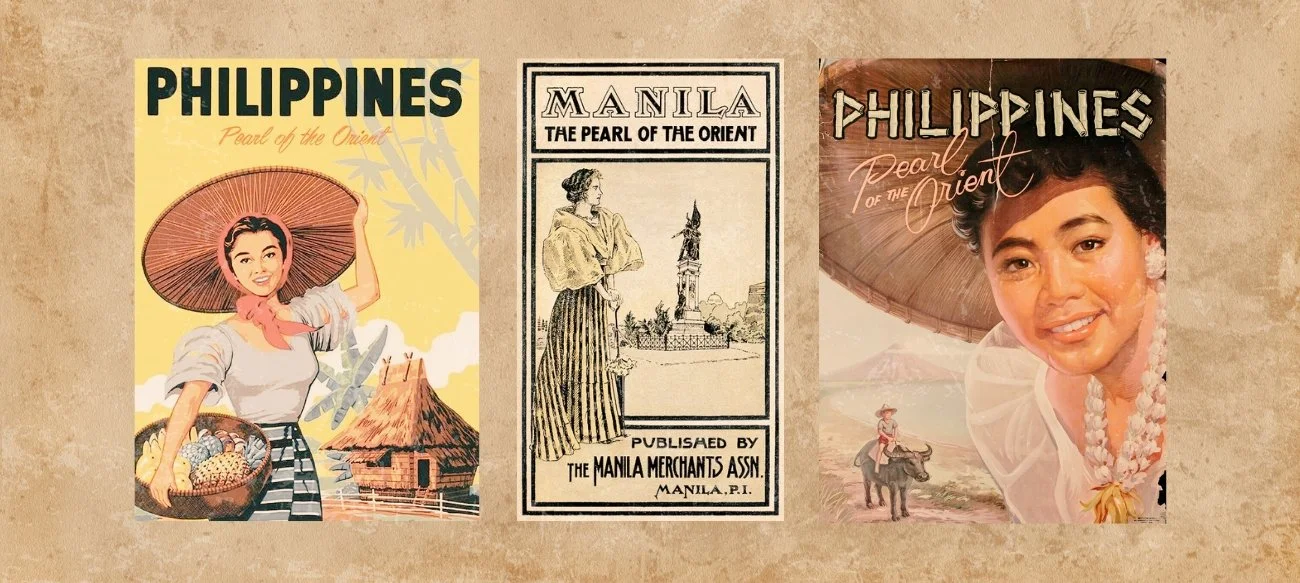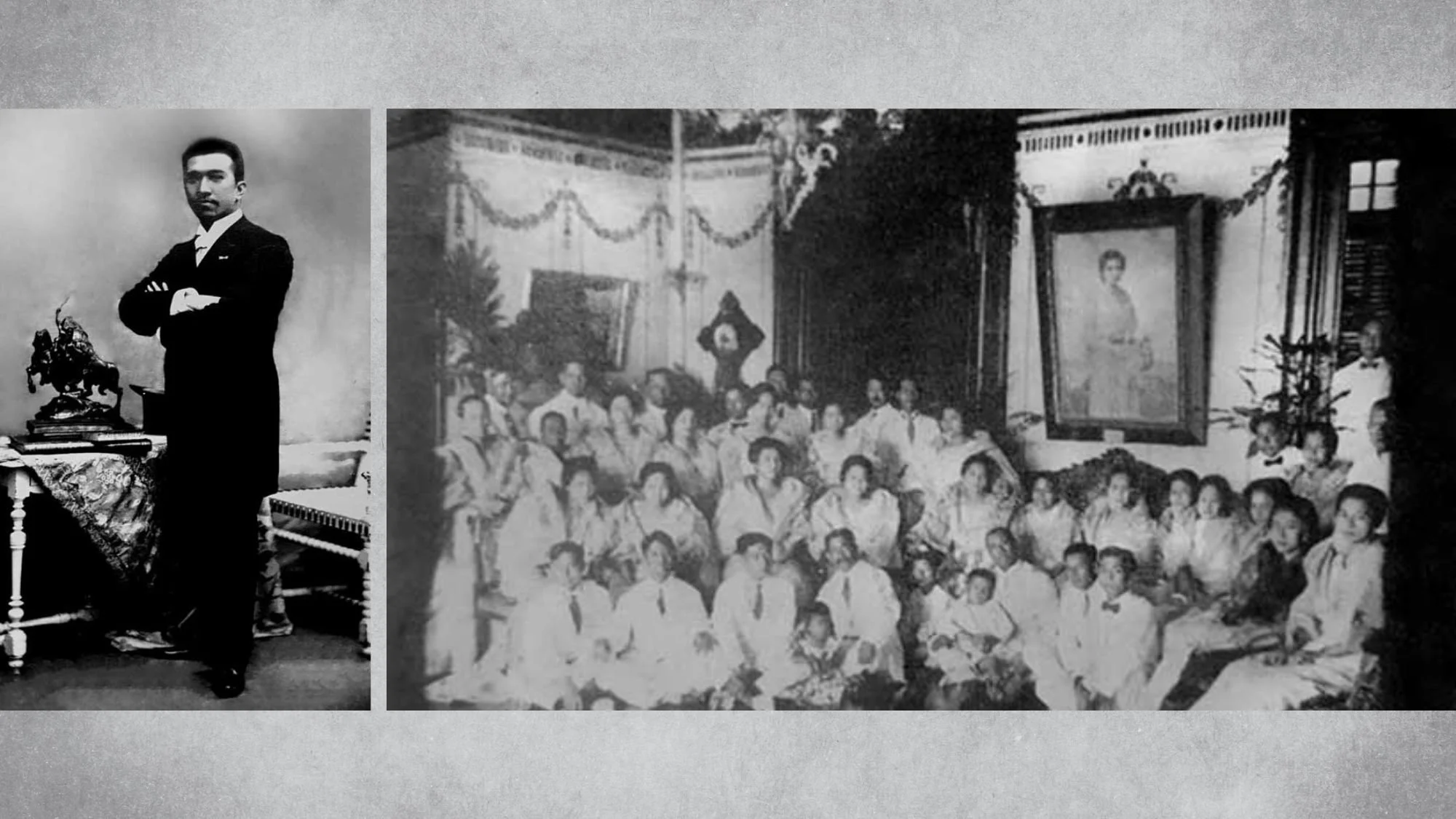published writing
Pearl of the Orient Seas: What Does It Mean?
Have you ever wondered where the moniker “Pearl of the Orient Seas” comes from? Discover the term’s genesis, its cultural implications, and its impacts on today’s climate crisis.
“In its most basic history, the term “Pearl of the Orient Seas” comes from the natural beauty of the Philippines and its abundant source of pearls, which were valued for their beauty and rarity. This moniker was first used in 1751 by Spanish colonisers realising just how significant the Philippines’ location is for trade and commerce, being in between the Pacific Ocean and the West Philippine Sea. The Philippines had been trading with surrounding countries for thousands of years, trading gold, jade, ceramics, spices, silk, and more, with countries such as Indonesia, Thailand, Vietnam, Borneo, and China, before Spanish conquistadors even landed on our soil…”
Mariano Limjap and the House of Limjap
“The House of Limjap began with Lim Cong Jap, a Chinese immigrant from Amoy (now Xiemen), in the 19th century. The tales of his journey to the Philippines is one of legends; one particular story that stuck in VINTA Gallery Founder, Creative Director, and Limjap descendent, Caroline Mangosing’s mind is that Lim Cong Jap snuck into a trading ship going from Amoy to Manila. Another tells the tale of a young Lim Cong Jap travelling with a British merchant and through this experience, he was able to afford a ticket to his new life in the Philippines. The details of his journey have long been lost, but one true thing remains: Lim Cong Jap was the founder of one of Manila’s notable Chinese mestizo families…”
Queerness in Indigenous Filipino Mythology
“As we all know, the Philippines is an extremely Catholic nation as a result of the over 300 years of Spanish colonization. In those 300 years, we as Filipinos were forced to assimilate to Eurocentric beliefs and forget our Indigenous roots. Even now when we have resources to self-decolonize and learn about our Indigenous cultures, it’s still a challenge to pick a starting point. So let’s begin here. Did you know that the Philippines has a lot of queer symbolism, including deities and flora? As much as the Catholic church wants us to forget, we are actually a very queer nation. To be honest, many Indigenous cultures from around the world have queer symbolism and it’s about time we remember them!…”
What Is A Lingling-o and What Does It Mean?
“The earliest surviving examples of lingling-o, dating back around 500 BC, were found in Taiwan, Vietnam, and the Philippines. They were made of nephrite jade and was first believed to have been manufactured in Vietnam, but recent discovery of a lingling-o workshop in Batanes indicates that these gold ornaments, mainly worn by Ifugao people to denote status (also the name, lingling-o, for this object came from what the Ifugao people called it), were manufactured over 2,500 years ago in the Philippines. We know that gold was abundant in the Philippines–we see many Indigenous Filipinos donning them from head to toe in depictions and photographs of Native Filipinos–and Spanish colonizers knew this, and what happens when a land populated by its Indigenous peoples has an abundance of materials and minerals that oppressors want!? That’s right! Colonization! (But let’s get into that another time)…”



